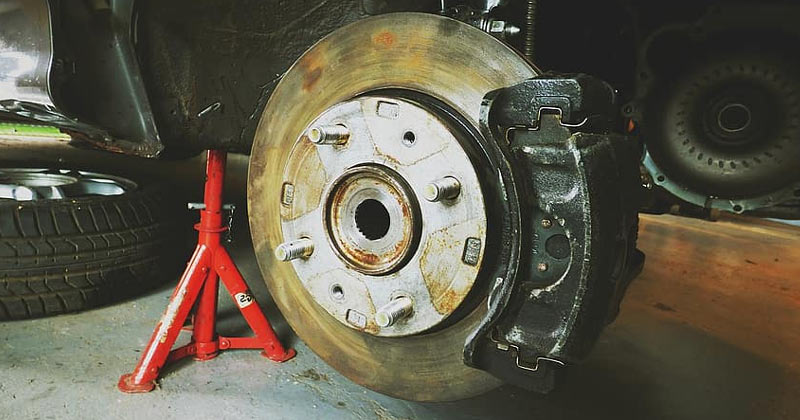
Have you ever experienced brake failure suddenly in the middle of a crowded highway when in the driver’s seat? Most of the time, it’s an extremely terrifying experience. Being able to bring a vehicle to an efficient and rapid stop is a key feature of driving safety. This article is designed to prevent such a scary scenario and provide tips on how to react should you potentially face this problem when on the road.
Pay Attention To Handling
Do the brakes seem non-responsive or “mushy” when applying the pedal? With a slight tap, any driver should be able to get a meaningful reaction out of the vehicle. In the event that you discover that you need to press hard to bring the care to a reasonable stop, it’s time to schedule service..
Get Auto Service On A Routine Basis
It is critical to change out the brake pads when time calls for it, along with regularly inspecting brake fluid, checking rotors, and ensuring the entire system is in perfect shape.
NRS Brakesis a manufacturer producing highly reputable, galvanized brake pads for both the front and the rear. Customers can select their make/model and have the exact brake pad for their vehicle. Furthermore, the products are offered at the most unbeatable prices.
When any driver lacks car care, the vehicle’s performance suffers in direct proportion: often resulting in brake failure.
How To Respond To Brake Failure
Even if you take the above steps to prevent such a problem from occurring and are presented with this very dangerous situation, there are certain techniques that can be performed to help bring the vehicle to a safe stop.
· Use the horn: Upon initial realization that the brakes have failed, use the horn immediately to alert other drivers that you have headed in their direction and cannot reduce speed. This allows them to get out of the way and reduce the probability of an unwanted collision.
· Downshift: If operating a vehicle with a manual transmission, you can simply use the stick to help reduce speed. Conversely, if in an automatic vehicle, taking the foot off the gas immediately places ease on the RPMs and allows the car to naturally shift to a lower gear. It does not have full effect at first, but it helps to slow down.
· Pump the brakes: 3-4 times very hard, high-pressure pumps of the brakes may temporarily re-activate the brakes if an ABS system is not included in the vehicle.
· Activate the emergency brake: As this technique is only reserved for the most critical of circumstances, take great care, as using the emergency brake when traveling at high speeds typically results in skidding. Instead, gently push or pull this to help slow the car down.
· Move to the side: Get off the main road to avoid contact with other motorists and bring the vehicle to a full stop. Do not attempt driving again. Instead, request aid from a tow truck and place the vehicle in the care of a licensed service center.
Never Do These Things
If you experience brake failure in the middle of driving, ensure that you never perform the below behaviors:
· Turn the car off: This destroys power steering and jeopardizes the driver’s ability to control, at the very least, the direction of the vehicle.
· Neutral shift: This prevents vehicles from slowing and downshifting. Instead, it allows coasting at rapid speed.
· Keep pressure on the gas: The vehicle will keep moving without the ability to stop if you don’t let go of the gas. Even if you need to get off the road, do it slowly.
Purchase the highest quality brake pads available today by visiting NRS Brakes.